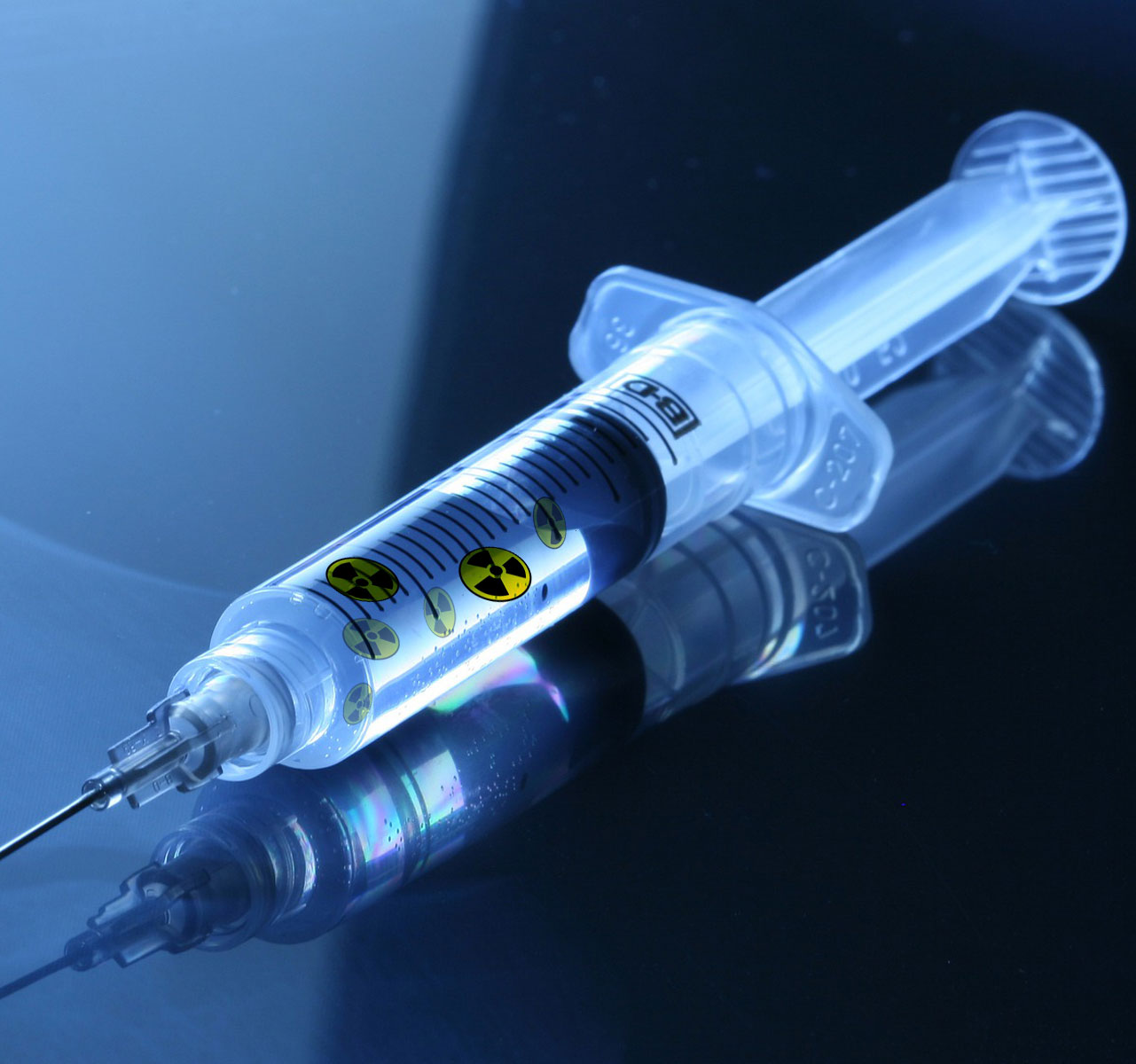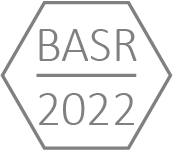Medical Imaging
The aim of experimental animal models is to understand infection and disease to enable effective prevention or treatment. Our studies in NHPs include research on various physiological and anatomical aspects of diseases, such as infectious diseases, neurological and aging-related diseases, including pathogen dynamics, immune responses, and host pathology. To study these various aspects, non-invasive imaging techniques, such as Chest X-ray (CXR), computed tomography (CT), and positron emission tomography - computed tomography (PET-CT) are applied.
Medical imaging in SARS-CoV-2 infections

Since the outbreak of the coronavirus disease 2019 (COVID-19) multiple studies have been performed to understand, control, and halt the severe acute respiratory syndrome coronavirus 2 (SARS-CoV-2). In these studies, the role of medical imaging to assess the pulmonary disease has been investigated to complement the virological measurements and to obtain meaningful translational readouts of lung disease. A review of the literature within the Bill & Melinda Gates Foundation consortium regarding SARS-CoV-2 imaging in non-human primates indicates that medical imaging of SARS-CoV-2-exposed NHPs enables high-resolution qualitative and quantitative characterisation of disease otherwise clinically invisible and potentially provides user-independent and unbiased evaluation of medical countermeasures.
TO TOP ^ < BACK << HOME
Novel tracers to study inflammatory responses during SARS-CoV-2 infection

Within the BPRC we investigated this even further with the application of new radiotracers more focused and dedicated for the visualization of inflammatory processes. One of these targets is the mitochondrial translocator-protein (TSPO). TSPO is widely distributed over the entire body but is upregulated in activated microglia and systemic monocytes. Until now its application has been mainly limited to imaging of neuroinflammatory purposes but as TSPO is distributed over the entire body it may be possible to visualize inflammatory processes in other organs as well.
We illustrated with this study that this was true, [18F]DPA714 with TSPO as target is a valuable radiotracer to visualize SARS-CoV-2-associated pulmonary inflammation, which coincided with activation of dendritic cells in blood. [18F]DPA714 thus has the potential to be of added value as diagnostic tracer for other viral respiratory infections.
TO TOP ^ < BACK << HOME


